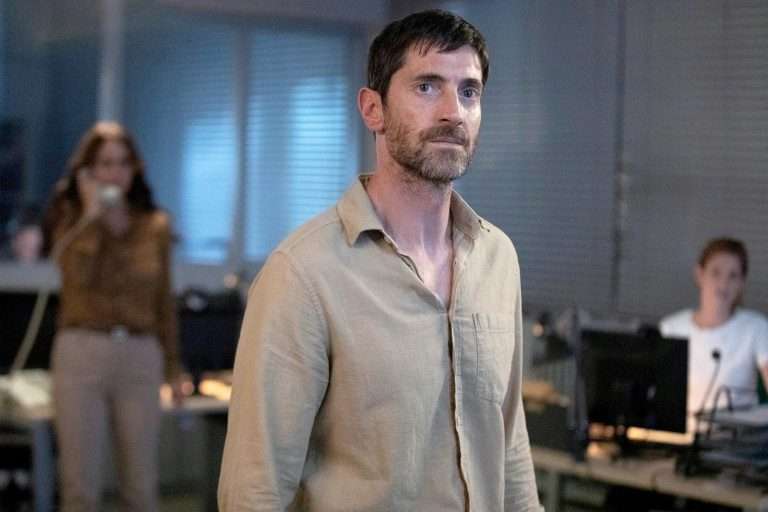The unnecessary expansions in the first half of Jon M. Chu’s adaptation of the highly popular Broadway musical “Wicked” resulted in a haphazard, formless collection of disconnected moments that were occasionally saved by strong performances. However, any of the charms that came from seeing the show on the big screen are absent from “Wicked: For Good,” which serves as fundamental proof that the decision to split the show into two separate films was a poor decision from the start.
It’s a film that dashes to reach conclusions that it hasn’t reinforced, and sometimes not even set up. The garish plasticity of its design failed in its intentions to evoke wonder the first time around, but here they’re even more discordant in their attempts to be profound.
“Wicked: For Good” is clearly intended to be the second half of a double feature, as the film makes no efforts to reintroduce or immerse its audience in the narrative before jumping straight back into Elpheba’s (Cynthia Erivo) rebellion against the charlatan Wizard of Oz (Jeff Goldblum). Although she had initially turned away from her former rival and best friend, Glinda (Ariana Grande), Elpheba is lured into another deal as she’s framed by her enemies as “The Wicked Witch of the West.”
The dynamic between Elpheba and Glinda is oddly characterized, as “Wicked: For Good” is never committed to showing any true nastiness in their relationships. Any of their more grievous actions is so clearly motivated by instinctual feelings that none of the tension rises above melodrama. Still, the endless yearning and moping of the two leads result in a talented supporting cast that is wasted. Ethan Slater’s turn as the Munchkin servant, Boq, is deprived of any nuance for the sake of a rushed transformation, and Elpheba’s sister Nessarose (Marissa Bode) is so strangely recontextualized that it’s hard to determine what emotions her arc was intended to evoke.
Most disappointing is the performance by Michelle Yeoh as Madame Morrible, a caricature-esque villain whose shallowness would feel out of place in even the most whimsical adaptation of the Oz legend. Yeoh’s voice is clearly not up to par, as her performance ranks alongside Russell Crowe’s in “Les Misérables” as a blunderous casting choice for a musical adaptation.
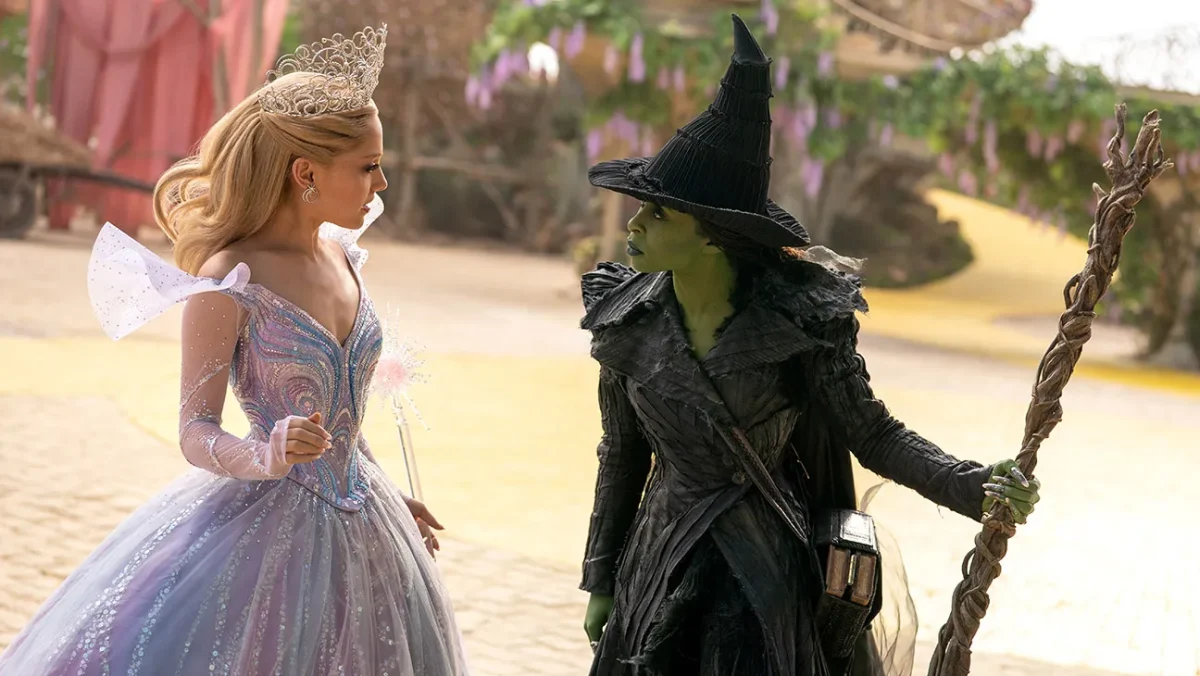
Read: 10 Overlooked Fantasy Films That You Probably Didn’t See
The biggest barrier within Chu’s vision for “Wicked” is how repulsive the film looks. Even if real sets were used, the sheen of the digital landscapes and backlit visuals creates a contrast that feels fake and cheap. It’s particularly apparent when compared to 1939’s “The Wizard of Oz,” a film made with such glorious Technicolor that it is still held up as a timeless classic.
The disparity between the two adaptations is further emphasized by the creatively inert ways in which “Wicked: For Good” tries to weave in the narrative of the original film in ways that completely contrast the established tone, characterization, and narrative rhythms. It would be one thing if Chu had completely redesigned his interpretation from the ground up, but there are so many deliberate callbacks that it’s hard to view them as separate entities.
It’s once again hard to accept the film’s vain attempts to capture the “razzle dazzle” of a stage production when it’s clear that Chu hasn’t accounted for the tonal fluctuations inherent to different media. While a stage performance can feasibly make dramatic leaps in emotion over the course of a brief instance, as it has the authenticity of a live performance, “Wicked: For Good” is incapable of making seamless transitions between musical numbers.
The interstitial dialogue is inert and bland, and it’s unfortunately given more emphasis than it was in the first half. Although the performances are inconsistent, it’s hard to blame any of the stars when it’s clear that they received wildly different directions for the musical numbers and expositional moments.
It’s frankly astounding how poor the computer-generated creature in “Wicked: For Good” looks when compared to the dramatic leaps forward in visual effects in films like “The Jungle Book” or the modern “Planet of the Apes” series. Even if complete realism wasn’t the intention, there’s no over-stylization that would distinguish these designs in any meaningful way.
The same antiquated approach is evident within the backdrops and locations, which feature the type of dodgy plasticity that evokes memories of poorly-aged films from the early 21st century, such as “The Mummy Returns” or the “Star Wars” prequels. The brief moments of tactile props are jarring in comparison, especially since they’re mostly used for the sake of cheap gags and punchlines.

Also Check Out: Top 10 Worst Best Picture Nominees of the 21st Century
Humor is also an issue, as the moments in which “Wicked: For Good” is able to acknowledge the inherent ridiculousness of the source material don’t congeal with how seriously the film takes its own mythology. Even when considering that it’s a film with a youthful audience in mind, the sophomoric commentary on scapegoating and propaganda is only conveyed by eyeroll-inducing dialogue that is delivered with such righteous sincerity that it’s as if Chu was expecting impromptu applause breaks.
The challenges of the source material are most prevalent in the way that “Wicked: For Good” stages its final act, and it’s not only because of the dubious connective tissue to “The Wizard of Oz.” The simple explanations that could be achieved on stage are exasperated and convoluted, especially considering how poorly developed the worldbuilding is.
The humorlessness of Erivo’s performance is exacerbated, given that any interiority with Elpheba’s transformation is undercut by flat direction, with most scenes either shot in static or engulfed with erratic, digitally glazed movement. Similarly, Grande’s overstated performative choices make it clear once more that she was cast for her voice, and not her acting abilities.
If there’s anyone deserving of sympathy in “Wicked: For Good,” it is Jonathan Bailey, who is able to generate real pathos and integrity in his performance as Prince Fiyero Tigelaar, despite being given even less to do. Bailey is deserving of any number of roles in the near future when considering how much work he does in both “Wicked” films to elevate the material.
There’s a compelling case to be made that a spectacle-driven show like “Wicked” would have never lived up to its potential as a feature, but Chu’s lack of cinematic curiosity results in a dull, plain rendition of music and ideas that should theoretically be more existential. Even if the intent was to translate the essence of the material for a broader audience, the revisions to the original work are so misguided that it’s unclear if any of the creative time for the films had any real comprehension of what they were adapting.
If nothing else, the transparent mundanity in “Wicked: For Good” makes the first chapter look better in retrospect and serves as an even more compelling argument for any stage version that is bound to be superior.



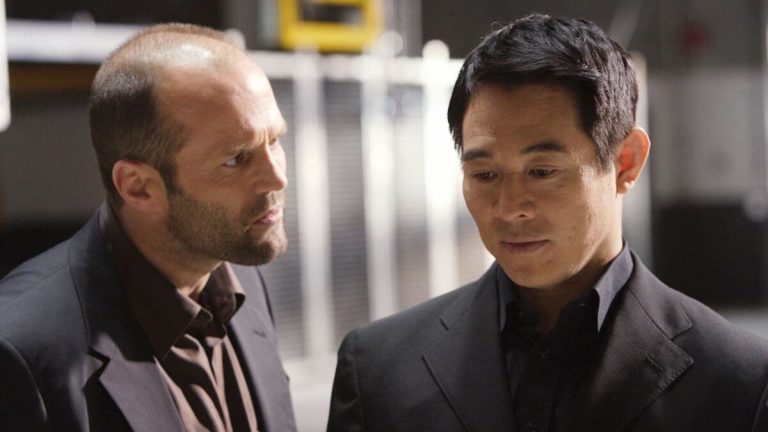
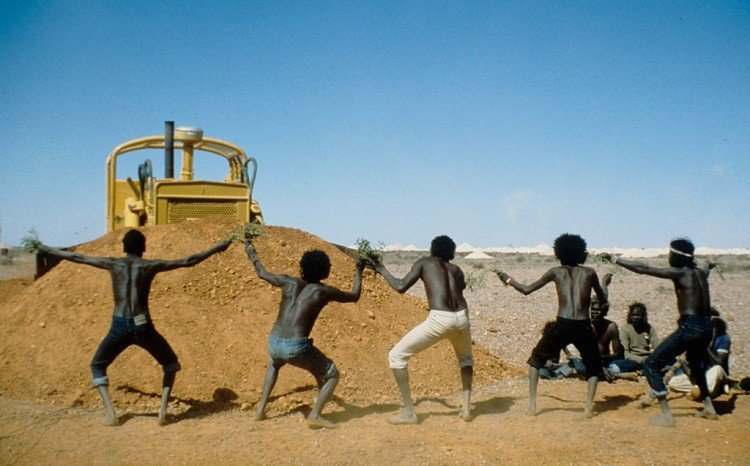
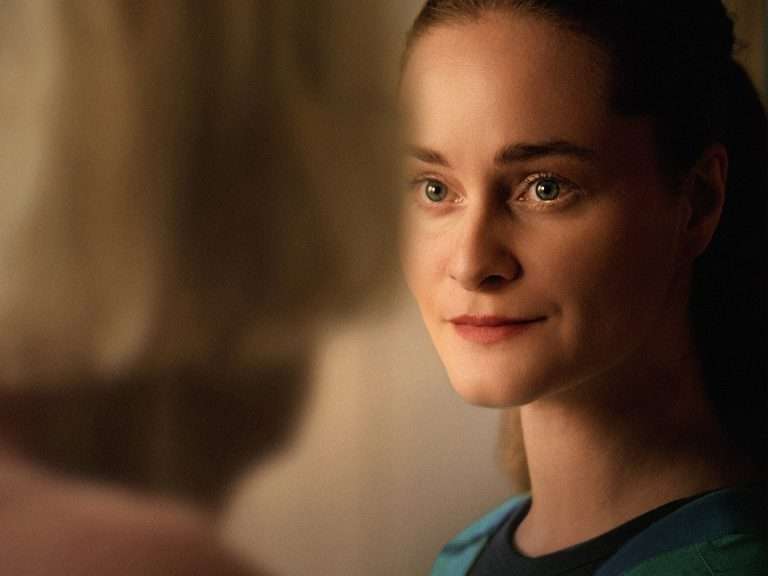
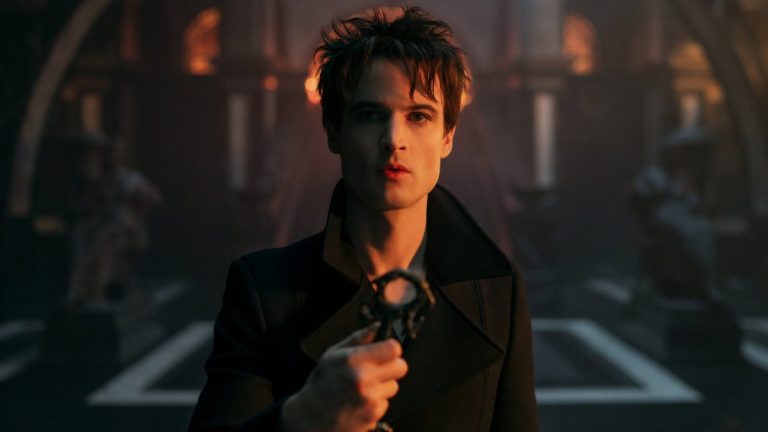
![After My Death [2018]: ‘NYAFF’ Review](https://79468c92.delivery.rocketcdn.me/wp-content/uploads/2018/07/AFTER-MY-DEATH-STILL-2-768x323.jpg)
